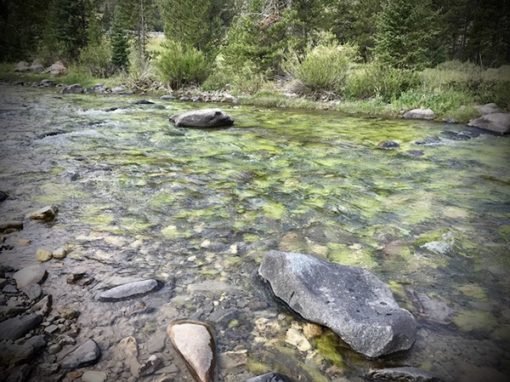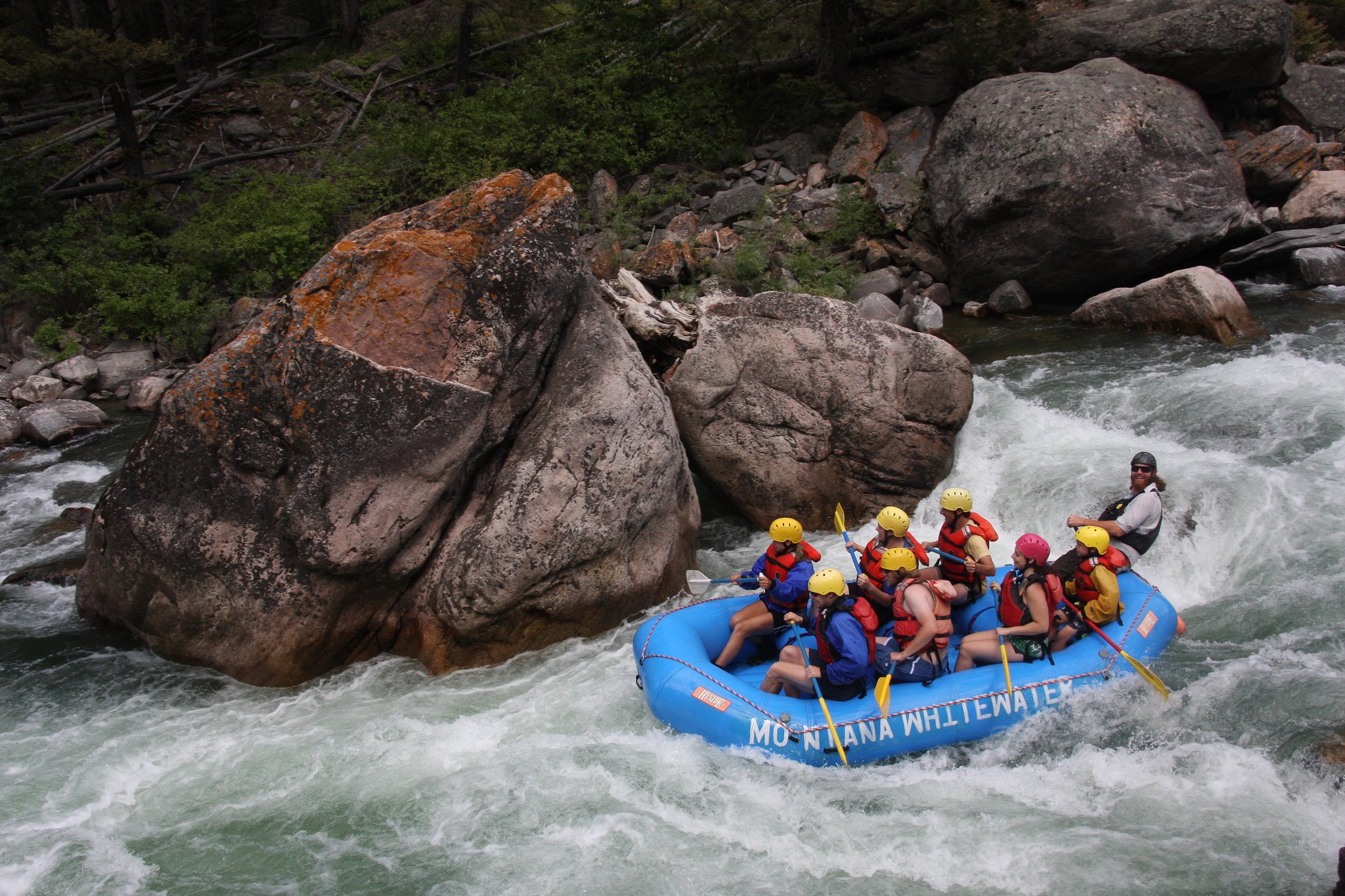Fighting for healthy rivers: Over 2,700 comments sent on behalf of the Gallatin River
The sound of a wild river—whether roaring or rippling—is a driving force within each and every person. We seek it, cherish it, and are reinvigorated by it. The remarkable Greater Yellowstone Ecosystem is home to some of the nation’s best streams and the Greater Yellowstone Coalition intends to keep them healthy and free-flowing.
A healthy Gallatin River in southwest Montana.
The mighty Gallatin River, which originates within and then skirts Yellowstone National Park’s northwestern edge, is a crucial habitat for aquatic species such as westslope cutthroat trout and a bucket list recreation destination that draws visitors from around the world. It flows between craggy cliffs before entering a great valley near Bozeman, Montana, where it joins the Madison and Jefferson rivers to form the Missouri River. It is a river so scenic that it was one of the locations used to film the iconic fly-fishing scenes in the film A River Runs Through It. Despite its beloved status, the Gallatin is not immune from threats to its remarkable beauty and ecological importance.
Algal bloom on the Gallatin River. (Photo Gallatin River Task Force)
Noxious, neon-green algal blooms have plagued sections of the Gallatin River for years. These blooms can hurt aquatic habitat, degrade recreational opportunities, and severely alter the Gallatin’s overall appearance. The best available science shows that the algal blooms are caused by an imbalance of nutrients – such as fertilizer and polluted runoff – entering the river as a result of nearby development. To make the Gallatin River healthy again, we need a strong plan of action.
In spring 2022, the Greater Yellowstone Coalition and our partners filed a petition with the Montana Department of Environmental Quality (DEQ) requesting they assess the Gallatin and conclude that the influx of nutrients are feeding the algal blooms. Currently, the Montana DEQ isn’t listing the surplus of nutrients as the problem. Their documents list the algae as the problem but miss identifying the actual cause of the algae. The increased concentration of these nutrients coupled with increasing water temperatures in the Gallatin River is likely causing this harmful algal bloom.
Once the surplus of nutrients and its’ sources are confirmed as the cause of the algal blooms, we ask that the DEQ produce a robust, science-based, clean-up plan. Reducing the high levels of nutrients from the river will likely restore its healthy status and reduce or eliminate the number of algal blooms. This August, GYC advocates had the opportunity to voice their support for the ask, urging the Montana DEQ to make the right decision for the Gallatin River.
Rafting down the Gallatin River’s famous whitewater rapids. (Photo Montana Whitewater/Flickr Creative Commons)
Thanks to our incredible community of advocates, over 2,700 comments were sent to the Montana DEQ asking them to take meaningful action to restore the health of the river! We send an enormous thank you to everyone from across the country who stood up for one of Greater Yellowstone’s most incredible waterways. You all elevate our work, showing that there’s widespread support for our conservation priorities.
Now that the comments have been submitted, the Montana DEQ will review and release their decision by September 22, 2022. That decision will then be sent to the Environmental Protection Agency (EPA) for approval or disapproval. Keep an eye out on our social media for news on the final determination!
Once again, thank you for your steadfast support of not only the Gallatin River, but all the amazing rivers that call Greater Yellowstone home. We couldn’t do this work without you!
—Sierra Harris, Climate Coordinator
The Greater Yellowstone Ecosystem is the land of 49+ Indigenous Tribes who maintain current and ancestral connections to the lands, waters, wildlife, plants, and more.




